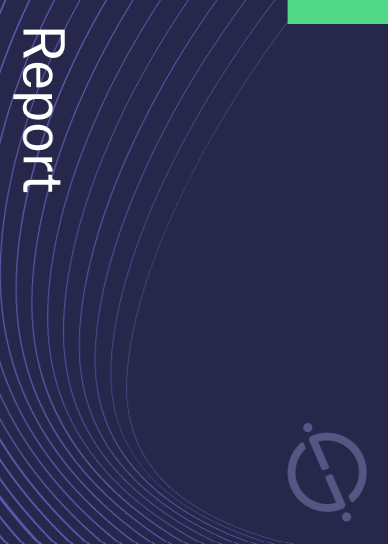Merus has filed a patent for a method of treating gastrointestinal cancer using an antibody that binds to LGR5 and EGFR. The patent also covers the use of a specific dosage of 1500 mg of the antibody in the treatment. The invention is particularly useful for gastric, esophageal, or gastro-esophageal-junction cancer. GlobalData’s report on Merus gives a 360-degree view of the company including its patenting strategy. Buy the report here.
According to GlobalData’s company profile on Merus, personalized cancer vaccines was a key innovation area identified from patents. Merus's grant share as of June 2023 was 1%. Grant share is based on the ratio of number of grants to total number of patents.
Treatment of cancer using an antibody that binds lgr5 and egfr
A recently filed patent (Publication Number: US20230192866A1) describes the use of an antibody or its derivatives for the treatment of cancer, specifically gastric, esophageal, or gastro-esophageal-junction cancer. The antibody or its derivatives contain variable domains that bind to extracellular parts of EGFR and LGR5, two proteins involved in cancer development. The patent claims that administering a flat dose of 1500 mg of the antibody or its derivatives can be effective in treating cancer in a subject.
The patent also specifies that the antibody or its derivatives can be used in the treatment of cancer in Her2-negative subjects. It further mentions that the cancer can have mutations in genes such as TP53, MLH1, PIK3CA, CDKN2A, UGT1A, UGT1A8, BRAF, PTEN, and KRAS. The preferred mutations include TP53 R196T, TP53 R342T, TP53 R248Q, MLH1 V384D, PIK3CA H1047R, CDKN2A W110T, UGT1A1 G71R, UGT1A8 G71R, and KRAS G12C.
The patent suggests that the antibody or its derivatives can be administered intravenously and the frequency of administration can be weekly, biweekly, or monthly. It also mentions that the cancer can be esophageal cancer, specifically esophageal squamous cell carcinoma (ESCC), or gastric cancer with mutations in genes UGT1A1, UGT1A8, and/or PIK3CA. The patent further describes specific amino acid sequences and epitopes involved in the binding of the antibody or its derivatives to EGFR and LGR5.
In addition to the use of the antibody or its derivatives, the patent also includes a method of treating gastric, esophageal, or gastro-esophageal-junction cancer by administering the antibody or its derivatives to a subject in need. The patent suggests that the treatment can be preceded by a step of diagnosing the subject for Her2 status using ISH or IHC testing.
Overall, the patent claims the use of a specific antibody or its derivatives for the treatment of cancer, particularly gastric, esophageal, or gastro-esophageal-junction cancer. The patent provides details on the dosage, administration method, and potential mutations in genes associated with the cancer. It also includes a method of treatment and suggests the importance of diagnosing the subject for Her2 status before initiating the treatment.
To know more about GlobalData’s detailed insights on Merus, buy the report here.
Data Insights
From

The gold standard of business intelligence.
Blending expert knowledge with cutting-edge technology, GlobalData’s unrivalled proprietary data will enable you to decode what’s happening in your market. You can make better informed decisions and gain a future-proof advantage over your competitors.



